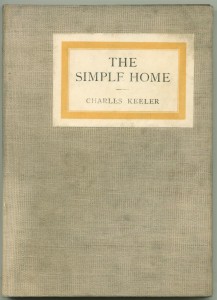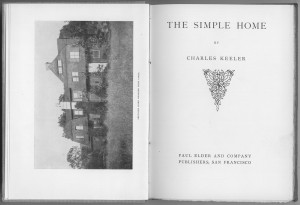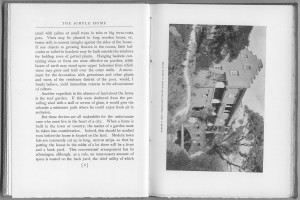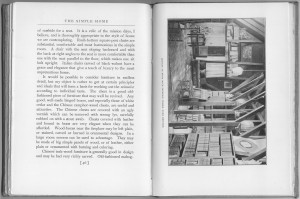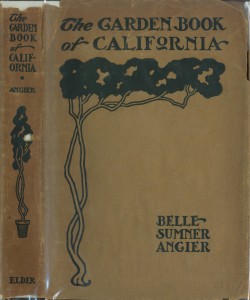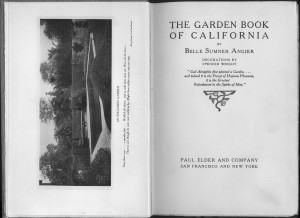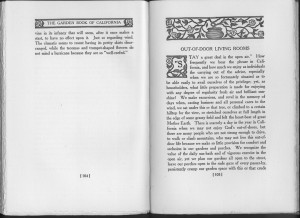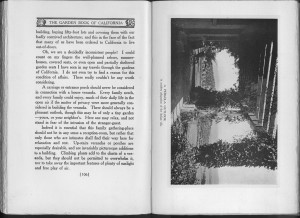In 1979, Peregrine Smith republished Charles Keeler’s most famous work, The Simple Home. The edition included a new introduction by Dimitri Shipounoff. This brilliant piece of writing by Shipounoff, a Berkeley native who now lives in France, is nearly as long as Keeler’s own text. Here is Shipounoff’s opening paragraph:
The architectural development of the unique San Francisco Bay Region style left perhaps its most important literary legacy in Charles Keeler’s little book “The Simple Home.” This book, dedicated to the architect Bernard Maybeck, was largely a polemic against the architectural shams and gingerbread of the Victorian age, and a paean to “a simpler, a truer, a more vital art expression” then taking place in California. Charles Keeler, a Berkeley poet, naturalist, and self-appointed policeman of the arts wrote on architecture from the standpoint of a layman. As Maybeck’s first private commission in 1895, Keeler’s house at Highland Place helped set an ideological precedent for a new kind of architecture in north Berkeley. Keeler’ subscription to this ideology was partly a product of his experience of living in such a home. In initiating the formation of the Hillside Club, he urged his future neighbors to build houses in a style that would be compatible with his own. The Simple Home was written in 1904, during his presidency of the Hillside Club. As President from 1903-05, he extended the organization’s purview to include the greater Berkeley hills, in an effort to protect them from shoddy housing development. Bernard Maybeck became the club’s idol, Charles Keeler its high priest, and The Simple Home naturally became its bible.
The Simple Home is also the rarest book of significance that Paul Elder & Company ever published. Copies of the original edition are quite scarce and command high prices; I recently saw a copy priced at $600. In contrast, the Peregrine Smith edition (also out of print) can be found with a little patience, usually priced at $30-50.
Curiously, The Simple Home does not exhibit the usual traits of a book that is held in such high regard by the Arts & Crafts movement. Instead of handmade paper, the book contains coated stock. Instead of letterpress printing, the pages are offset. This may have been done in order to display the many architectural photographs in higher quality (later Elder publications would generally have photographs tipped-in). The cover is quite plain, with only a paper sticker over the cloth.
Some Keeler researchers have suggested that two Charles Keeler essays published in Impressions Quarterly, “Work” and “Society,” could be considered “missing chapters” of The Simple Home: originally intended for inclusion in the book but deleted during the editorial process. For a discussion of this, please see the Impressions magazine index.
